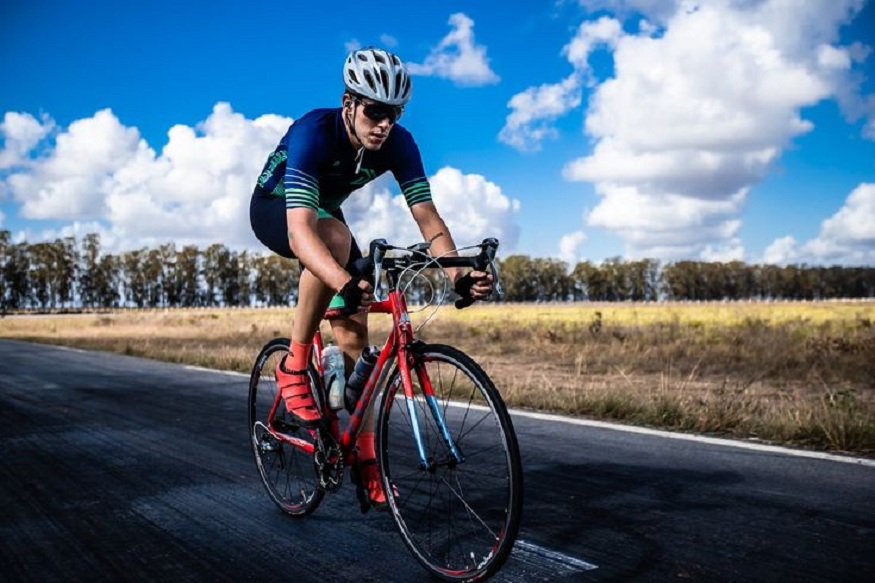Before hitting the trails, getting equipped with the right gear can mean the difference between smooth sailing and struggling on the trails. According to Steven Rindner, one of the most needed gears for trail running is hydration systems; and they are available in two common types: running vests and hydration belts.
Both carry distinct pros and cons based on distance of run, terrain, and personal preference. This article aims to outline the major distinctions between the two, so that trail runners can make an informed decision.
Hydration and Storage Capacity
Running Vests
A running vest normally provides more extensive storage options than their hydration counterparts. It is supposed to carry two soft flasks in front and a hydration bladder at the back so that one can be quick about hydration on long runs. Further, it has enough room to carry nutrition, a lightweight jacket, a phone, keys, or even trekking poles. For ultra-distance events or all-day adventures, a vest packs all the requisite gear without being a great source of weight for the runner.
Running Belts
On the contrary, belts are the minimalist answer to carrying things. Usually, a belt will have one or two water bottle holders and a few small pockets. For short to medium-distance runs (less than 10 to 15 kilometers), belts are perfect, but they do not carry enough water or provisions for longer distances. Their simplicity also makes them unwieldy and hard to manage on fast-paced or technical runs.
Comfort and Fit
Running Vests
According to Steven Rindner, by spreading weight uniformly across the torso, vests ease pressure on any specific spot. When they fit well, vests stay in place and reduce bouncing, which is truly important for longer or more challenging trail runs. However, they can feel warm or tight, during the hot summer days or weather, especially to those who are not familiar with something snug around their chest and shoulders.
Running Belts
Belts, on the other hand, are lighter and usually less noticeable. They offer better airflow and let runners move more freely, especially in the upper body. But, if a belt doesn’t fit right, it can bounce or shift, particularly if the load isn’t balanced or when running downhill. It’s important to pick a belt with adjustable straps and a snug fit without causing uneasiness.
Versatility and Use Cases
Running vests
They are a great choice and designed especially for runners who intend to race or spend long training days. This is where vests help them by accommodating all their required gear such as an emergency blanket, headlamp, or first-aid kit, etc. Their higher accommodating capacity and adaptability are what make them perfect for all-day runs or self-supported expeditions where resupply is uncertain.
Running Belts
Belts are great for short training runs, speed workouts, or races with lots of aid stations where carrying much gear is not needed. They’re simple to put on and take off, which makes them handy for quick sessions. Plus, some belts let runners add or take away storage pouches, depending on the volume of things they need to carry.
Choosing the Right Option
Choosing between a running vest and a belt finally comes down to what individual runners need and the type of trail they cover. For those who aim for long-distance runs, or participate in races – where they need to carry certain gear, a vest is usually better because it holds more and sits comfortably. On the other hand, for those heading out for a shorter run and like to keep things simple and lightweight, a belt gives the complete support needed without adding extra weight.



